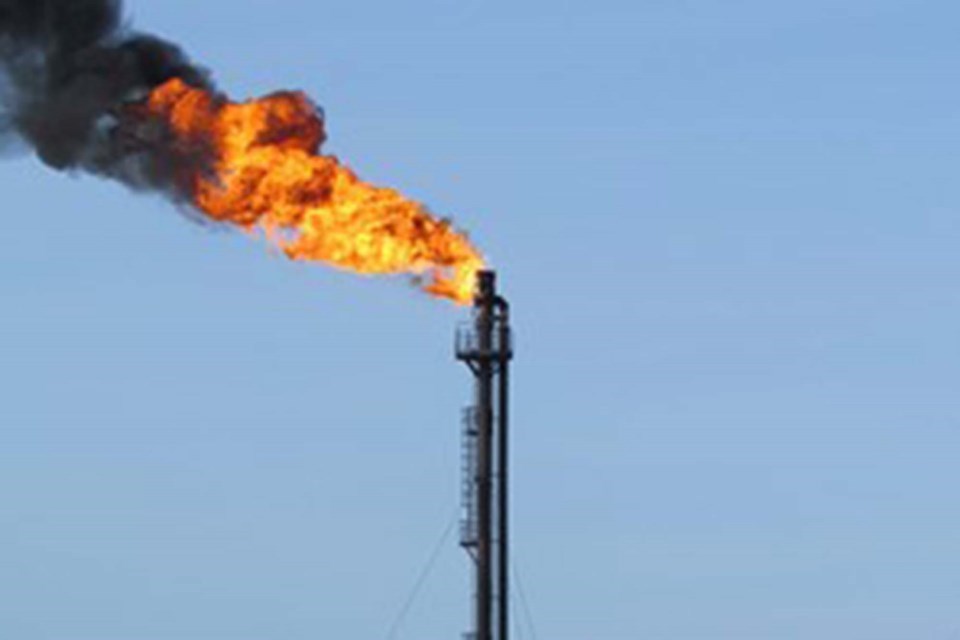Available technology and speed of completion informed three projects awarded funding by the province to pilot carbon capture technology.
Earlier this summer the province, through Emissions Reduction Alberta, awarded $40 million to kickstart carbon capture projects across the province.
Experts from three of those projects shared insights into what the companies are undertaking to help decarbonize at the Carbon Capture Canada conference attended by industry experts in Edmonton in September.
The City of Medicine Hat, the oldest power generator in the province, has provided 125 years of natural gas and power production for Alberta. Currently the city produces and supplies 300 MW of power to residents and industry in the area, and exports into the Alberta grid when needed.
The Project Clear Horizon is a regional carbon capture, utilization, and storage (CCUS) project slated for southeast Alberta which is expected to permanently sequester up to three million tonnes of carbon annually. The city was awarded $2.5 million for the carbon capture facility to help reduce emissions from its power plant. The total cost of the project is $5 million.
Brad Maynes, Medicine Hat's managing director for energy and infrastructure, said the city wants to help reduce emissions while also supporting residents with the increasing costs of energy. Medicine Hats wants to help get funding for carbon capture projects so the costs of decarbonization don't shown up on its residents' power bills.
“This is an expensive future we are talking about,” Maynes said.
“We don’t want to abandon [residents] to this very expensive future.”
Heartland Generation, a project at the Battle River Generating Station in central Alberta, received $5 million to evaluate the feasibility of converting its natural gas-fired facility to hydrogen, which would allow the project to produce electricity with zero emissions. The total price tag of the project is $38.37 million.
Shana Boyd, director of energy transition at Heartland Generation, said the company chose its project based on policy factors and the timeline of completion. The fuel and electricity regulation play into choosing the projects, Boyd said, along with the carbon revenue economics of all the projects that were selected for the funding.
“The location and continuity to different synergies in the province from an affordability perspective is very important,” Boyd said.
Enmax was also awarded more than $3 million for its Shepard Energy Centre Carbon Capture Unit Feed Study. The study will help determine the feasibility of constructing and integrating a carbon capture unit at Enmax's Shepard Energy Centre (SEC) located in Calgary.
The SEC is an electricity generation facility for commercial-scale natural gas plants and the project is worth a total of $6.11 million.
Cam McMillan, director of business operations and planning at Enmax, said they cast a wide net when considering what decarbonization projects they wanted to attempt at the Shepard facility.
Hydrogen wasn’t really an option in the short term, McMillan said, and they wanted to move quickly on decarbonization, which brought them to a carbon capture project.
All three projects from across the province were part of the $40-million commitment from the Alberta government's Technology, Innovation and Emissions Reduction (TIER) fund, which finances 11 projects, worth $194 million.
According to the province, these projects could lead to more than $20 billion in capital expenditures; create thousands of jobs; and reduce about 24 million tonnes of emissions annually, which is this is the equivalent of reducing Alberta’s annual industrial emissions by almost 10 per cent.
“Alberta’s investments in homegrown technologies are good for the environment and the economy. This commitment is proof that Alberta and our key industries are ready to build on our long-standing global leadership on emissions reduction,” Whitney Issik, Alberta’s minister of environment and parks, said in a press release in August.
All of the funded projects could begin operation between 2024 and 2030. The successful projects are from a variety of sectors, including power generation, cement, fertilizer, forest products, and oil and gas.




